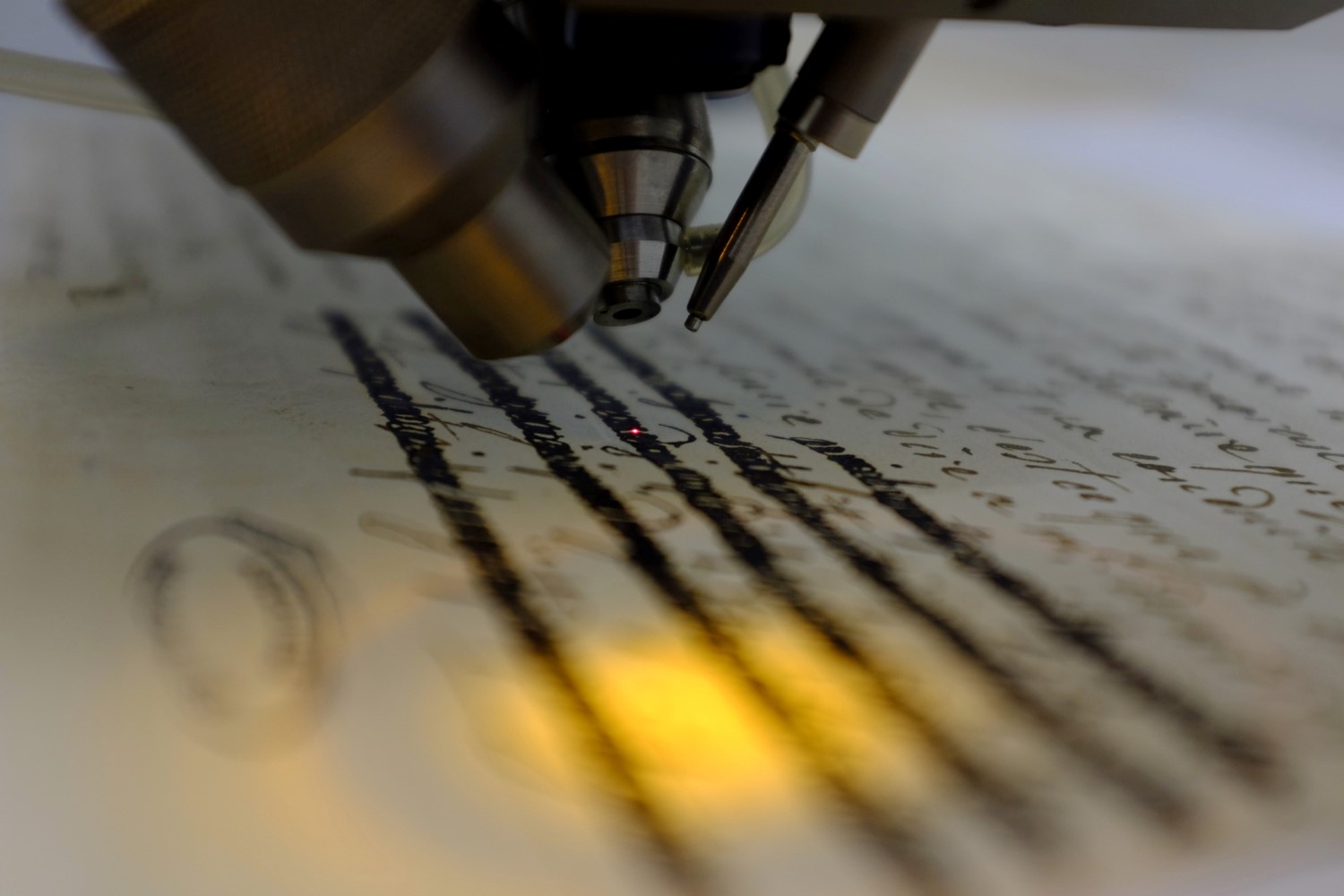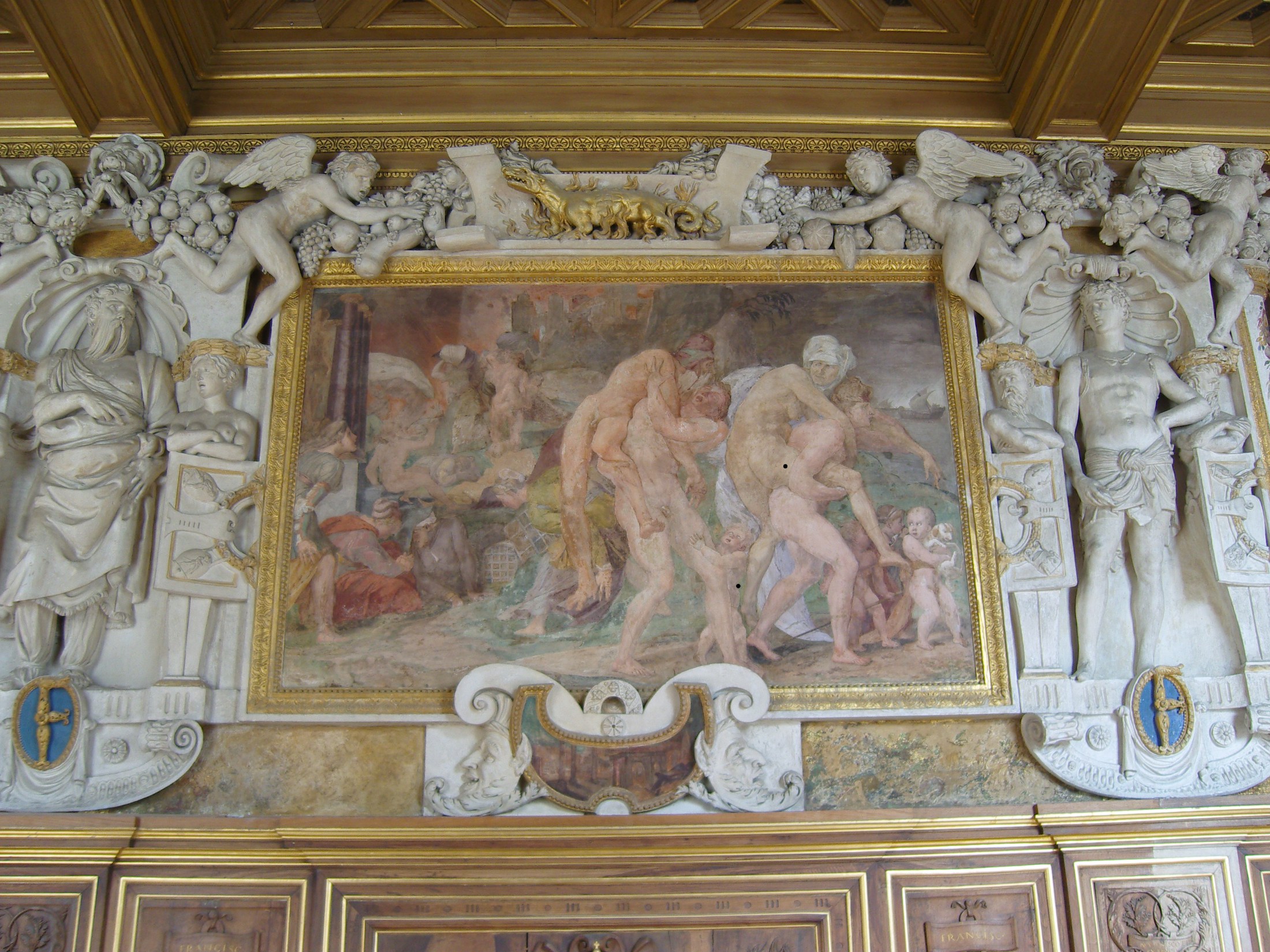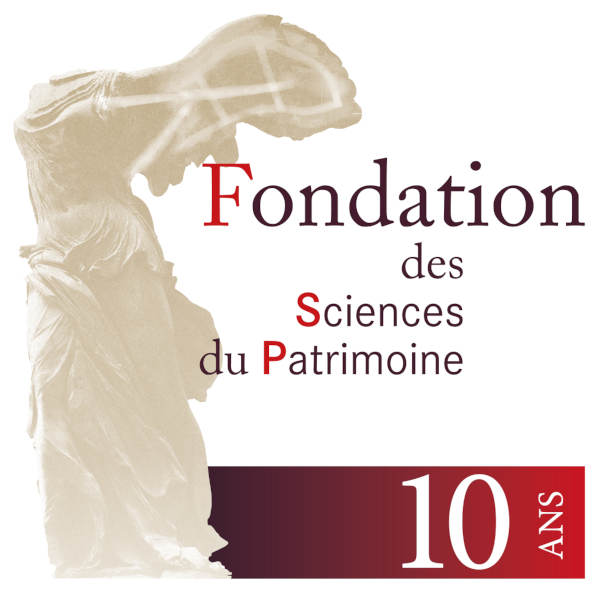


De 1783 à 2010, le domaine de Rambouillet est pensé comme un territoire-vitrine des princes et de l’État. La double fonction politique de résidence et de site modèle et vitrine invite à se saisir d’une histoire environnementale du pouvoir au domaine, c’est-à-dire l’étude des rapports de force politiques permanents et les relations de conflictualité entre les différents acteurs et communautés, humains et autres qu’humains sur le territoire. Il s’agira notamment de suivre comment les princes et l’Etat mettent en place des politiques de la nature à l’échelle locale, que ce soit autour des chasses princières, de la privatisation des lieux ou bien autour de l’histoire de la Bergerie nationale, de son troupeau de mérinos de Rambouillet. Des programmes de modernisations qui sont ensuite diffusés à l’échelle régionale, coloniale et internationale. L’histoire environnementale de la chasse et de l’élevage permet d’interroger les frontières de la conservation de la nature, des processus de modernisations et de préciser la fabrication technique et scientifique des sauvages et des domestiques par les Modernes depuis le XVIIIe siècle. L’enquête s’intéresse autant à l’histoire des populations de grand gibier et à leur gestion dans le temps long qu’à la notion de race et aux manières dont les gestionnaires prennent en charge les animaux politiques comme le cerf, le faisan ou le mouton. Le mérinos de Rambouillet est l’une des premières races pures créée en France à partir de 1786 et sa trajectoire à travers plusieurs continents pendant l’ère coloniale et postcoloniale démontre l’influence du « nom de Rambouillet » à travers les époques et les lieux. Au domaine de Rambouillet, peut-être plus qu’ailleurs, c’est dans ce qui est en train de devenir la nature, que les rapports de force se révèlent et que l’histoire environnementale trouve un terrain fertile pour une approche du pouvoir par la forêt, la chasse et l’élevage, en un mot, par la nature.
Anne-Claude AMBROISE-RENDU, co Directrice, professeur des universités, HDR, Université de Versailles-Saint-Quentin
Grégory QUENET, co Directeur, professeur des universités, HDR, Université de Versailles-Saint-Quentin
Charles-François MATHIS, Rapporteur, Professeur des universités, Université Paris 1 Panthéon-Sorbonne
Jérôme BURIDANT, Examinateur, Professeur des universités, Université de Picardie Jules Verne
Sylvie DALLET, examinatrice, Professeure des universités, Université de Versailles-Saint-Quentin
Guillaume BLANC, Rapporteur, Maître de conférences HDR, Université Rennes 2
Maike SCHMIDT, Examinatrice, Chargée de recherche, Universität Leipzig
Steve HAGIMONT, Examinateur, Maître de conférences, Université de Versailles-Saint-Quentin


Résumé :
Dans un contexte patrimonial les vibrations représentent une véritable menace quant à la préservation des objets. Pourtant, les dispositifs de protection des vibrations employés sont généralement très rudimentaires et les systèmes proposés dans la littérature scientifique ne sont pas appliqués, principalement par manque de considération pratique. Pour dépasser ces limites, les travaux présentés dans cette thèse s’articulent autour du développement d’un nouveau type de système de protection, basé sur le principe du contrôle actif de vibrations.
La conception du dispositif de contrôle commence par l’établissement d’un cahier des charges au double objectif. D’une part il définit les objectifs de contrôle des vibrations rencontrées en domaine patrimonial, d’autre part il formalise les considération pratiques des acteurs du patrimoine. Le cahier des charges permet alors d’identifier la stratégie de contrôle la plus adaptée au respect des spécifications formulées. En l’occurrence, le contrôleur est conçu comme un dispositif autonome et indépendant qui vient se greffer à la structure à protéger et utilisant un algorithme de contrôle adaptatif et de type feedforward.
Un dispositif de contrôle expérimental dont le contrôleur est actualisé par l’algorithme Filtered-x Least Mean Square (FxLMS) est conçu afin d’éprouver sa capacité à respecter le cahier des charges. Ce dispositif est testé dans un premier temps sur une structure à la dynamique relativement simple, puis sur un banc d’essai représentatif d’une situation couramment rencontrée en contexte patrimonial. Une fois le dispositif validé, un outil permettant de comparer quantitativement, objectivement et robustement les performances de différentes situations de contrôle est proposé. Cette méthodologie passe par l’extraction de descripteurs de performance, chacun d’entre eux devant représenter un aspect du contrôle qu’il est souhaitable de quantifier.
Si l’utilisation du FxLMS permet de valider le cahier des charges, une hypothèse forte de cet algorithme restreint son champ d’utilisation. Une solution à cette limite est l’utilisation d’algorithmes de contrôle plus récents et basés sur la paramétrisation de Youla-Kuçera. Une étude paramétrique définit les conditions à partir desquelles les performances du FxLMS ne sont plus acceptables, et l’utilisation du benchmark permet de quantifier les performances des nouveaux algorithmes proposés.
Hervé Lissek Professeur, LTS2, École Polytechnique Fédérale de Lausanne (Rapporteur)
Patrice Masson Professeur, GAUSS, Université de Sherbrooke (Rapporteur)
Ioan Doré Landau, Directeur de recherche émérite, GIPSA – Lab (Examinateur)
Marc Lethiecq Professeur des universites, GREMAN, Universite de Tours (Examinateur)
NicolasWilkie-Chancellier, Professeur des universités, SATIE, CY Cergy Paris Université (Directeur)
Henri Boutin, Maitre de conférence, STMS, Sorbonne Université (Encadrant)
Marguerite Jossic, Chargée de recherche, Musée de la Musique (Encadrante)
Sandie Le Conte, Responsable de laboratoire, Institut national du patrimoine (Encadrante)
Eléonore Kissel, Responsable Conservation-Restauration, Musée Quai-Branly (Invitée)
Pour naviguer de la manière la plus satisfaisante sur notre site Web, nous vous recommandons de procéder à une mise à jour de votre navigateur. Mettre à jour mon navigateur